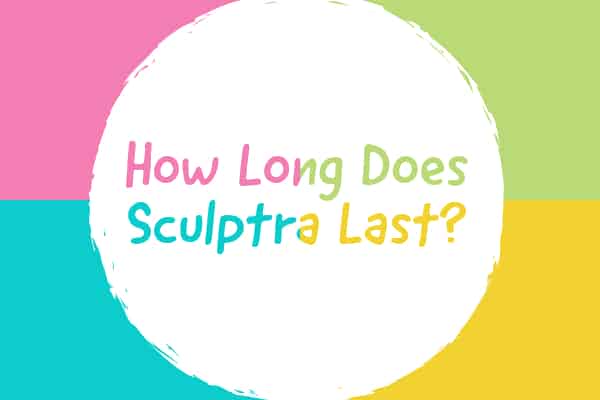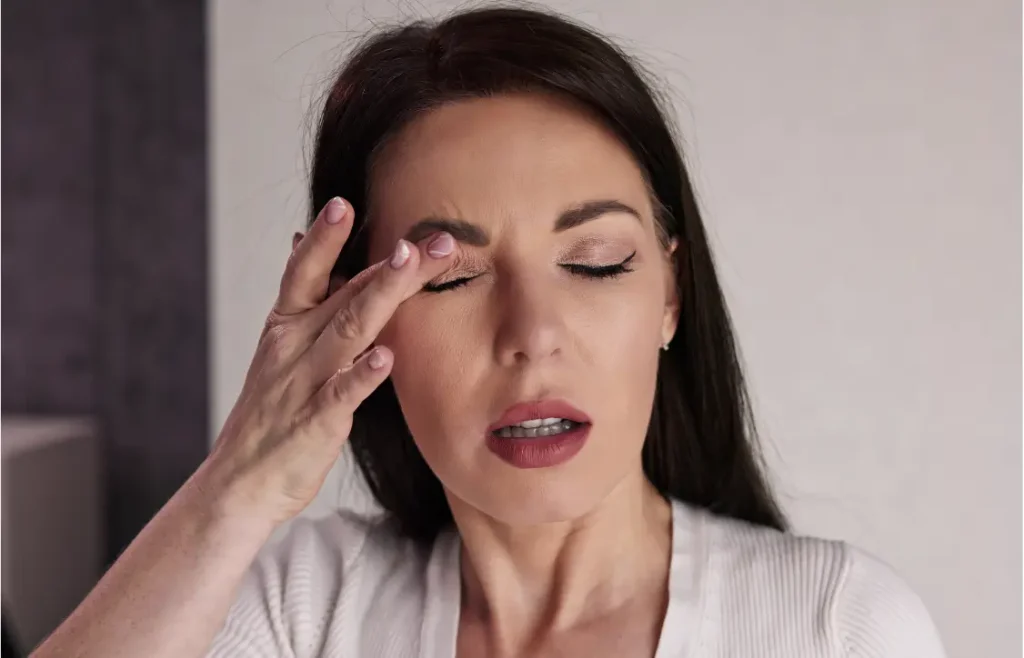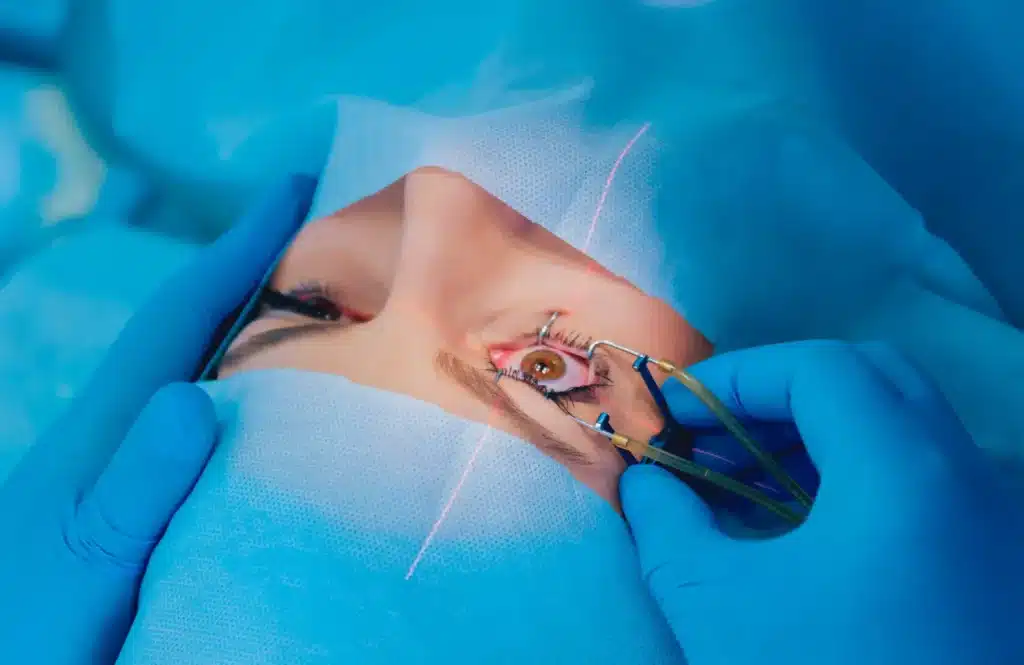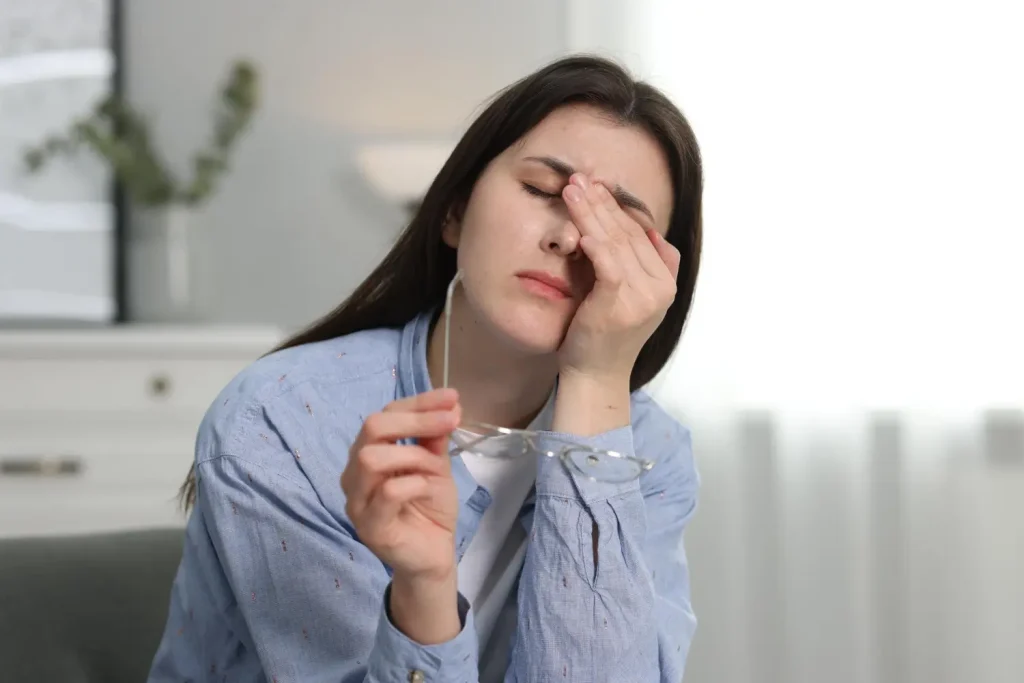Cosmetic fillers are solutions and implants that effectively improve the skin’s complexion. There are many types of cosmetic fillers, including, silicone, collagen, calcium hydroxylapatite, and hyaluronic acid. Each type has its own advantages and durability and are suitable for different targeted tissues. Given the breadth of cosmetic fillers available on the market and the fact that they are all temporary, finding a long-lasting one can be quite the task.
Sculptra is a unique injectable implant that contains poly-L-lactic acid (PLLA) microparticles. For treatment, it is injected into the deep dermis using a grid pattern or cross-hatching technique.
What is Sculptra used for?
Following its approval of Sculptra for correcting facial lipoatrophy in HIV patients in 2004, the US Food and Drug Administration (FDA) approved Sculptra for the correction of shallow to deep nasolabial folds in 2009. These approvals speak to the safety and efficacy of the product for face sculpting in most people, including candidates with HIV and AIDs.
Other deep depressions and facial contours that can be corrected using Sculptra include marionette lines, sunken cheeks, and wrinkles in the chin and cheek areas.
What is Poly-L-lactic acid (PLLA)?
Polylactides, commonplace materials in the medical industry, are especially prevalent in devices such as sutures, plates, pins, intra-bone implants, and drug carriers. It is a bio-compatible polymer that is formulated to not provoke any mutagenic, immunogenic, nor pyrogenic reaction within the body.
PLLA has the advantage of inducing neocollagenesis in the dermal layer. To deem PLLA as a filler is rather incorrect, as it is reabsorbed faster than other fillers. However, this is not a concern, as it acts more of a collagen stimulator via the gradual activation of fibroblasts. Although the actual stimulation of new collagen formation is still not fully defined, it has been found that the new collagen volume is amplified simultaneously when the PLLA degrades through either enzymatic or non-enzymatic routes. The PLLA mesh also has a high mechanical strength and positive cell-interactions with collagen.
How long does Sculptra last?
Most cosmetic fillers in the market offers six to 12 months of improvement. Some products have claimed to last for 18 months if the conditions are optimal. However, the duration of cosmetic fillers varies according to the individual’s metabolism and biocompatibility with the filler.
According to published data, Sculptra has the capacity to last for approximately two to three years. The longevity is not directly caused by the filler itself, but instead a result of the development of the new collagenic network. Unlike most cosmetic fillers, Sculptra encourages the natural volumizing properties of the skin without resorting to foreign particles. With this volume, the skin becomes more elastic and resilient, which will help smooth out severe folds.
Doctors using 3-D photography have noted that the volumizing outcome(s) of Sculptra can take effect in as early as 12 weeks after the last injection. It has also been demonstrated that this volume is typically still sustained by the 48th week follow-up, which usually occurs at least a year after the initial treatment. The gradual volumizing indicates that it is better to undercorrect than overcorrect during injection, as the fibroblasts will have a delayed reaction that will eventually produce a thicker dermis. If overcorrection or superficial injection occurs, bumps may be present at the site and require a gentle massage for evening out.
How can I get the most out of my Sculptra treatment?
The practitioner must be fully certified and trained in the administering of Sculptra. They must also inform the patient of the expected outcomes and the realities of the injection, as treatment may provide an unexpected result.
Some procedures suggest applying lidocaine cream to the injection site to reduce any injection-related pain. All Sculptra injection should be used with a 26G needle and nothing smaller. To correct nasolabial folds, advance the needle into the deep dermis tissue at a position medial to the wrinkle defect. If the needle is still visible through the skin, it is not sufficiently advanced and may cause blanching. Also, avoid contact with neighboring veins, as intravascular injection can cause dangerous embolization.
The recommended techniques for Sculptra injections include threading or tunneling in a grid pattern, or the cross-hatching technique. Practitioners usually inject 0.1ml to 0.2ml of Sculptra in each injection point with a distance of 0.51cm. Ideally, the maximum amount of product for each nasolabial fold per session is 2.5ml. To achieve full correction, re-evaluate no more than three weeks after the initial injection.
Conclusion
Sculptra’s PLLA content impressively corrects nasolabial folds and other volume loss in the skin. With Sculptra’s duration of action able to last for two to three years, the treatment is clearly cost effective and long-lasting. With the use of PLLA, the skin can depend on its own collagen-producing mechanism.



















